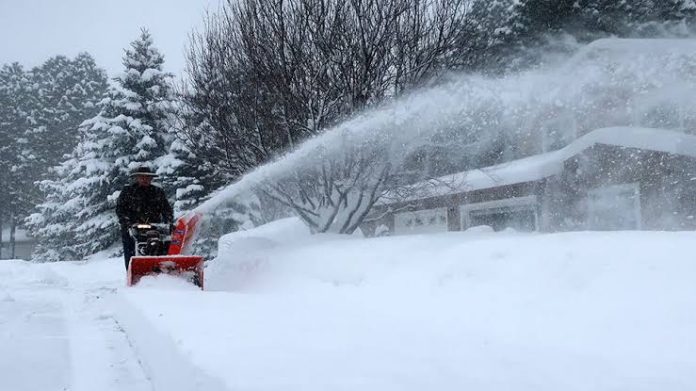Experts are warning that one of the coldest winters in decades may be approaching, as weather conditions linked to La Niña are expected to return later this year. The 2025–26 winter season could bring longer periods of frost, colder-than-usual waves arriving earlier, and heavier snowfall in many parts of the world.
La Niña takes place when sea surface temperatures in the Pacific Ocean drop below normal. This cooling has a major effect on global weather systems, often causing sharp changes in rainfall, storms, and seasonal temperatures. Scientists explain that even a weak La Niña can bring unusually cold conditions to large regions.
The possible impact of the upcoming La Niña is not limited to personal comfort. It could directly affect agriculture by damaging crops and reducing yields, especially in countries that are not fully prepared for an extended cold season.
Energy demand is also expected to rise as households and businesses require more heating, which may put pressure on power and gas supplies.
In addition, local economies could suffer due to transport delays, road blockages from heavy snow, and higher costs for both farmers and consumers. Travel and tourism may also experience disruptions, particularly in areas not accustomed to severe winter weather.
Weather agencies across the world are already tracking changes in ocean temperatures and atmospheric patterns.
Alerts have been issued in several regions, urging communities to prepare in advance. While forecasts are still being updated, experts stress that planning early is the best way to limit the risks of a harsh winter ahead.


